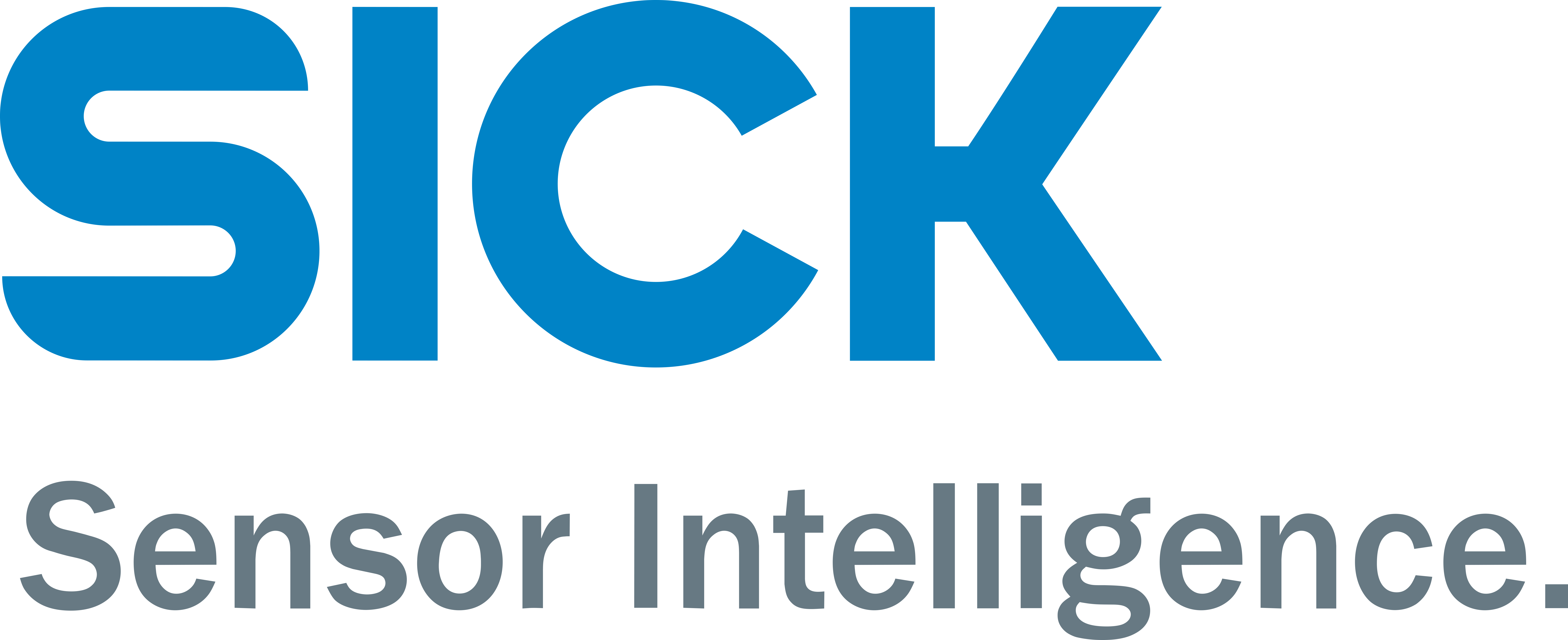
SICK
SICK, a global sensor manufacturer, excels in providing cutting-edge solutions for factory automation, logistics automation, and process automation. Established in 1946 by Dr. Erwin Sick, the company is headquartered in Waldkirch im Breisgau near Freiburg, Germany. With a strong presence worldwide through over 50 subsidiaries, equity investments, and numerous agencies, SICK leads the market by offering innovative sensors and application solutions. These solutions not only ensure secure and efficient process control but also prioritize individual safety, accident prevention, and environmental protection.
Keypad Switches
Results:
Results remaining:0
Applied Filters:
SICK
No data |
About Keypad Switches
Keypad switches are user interface modules that provide direct input to a CPU, microcontroller, or keypad controller through a matrix of button switches. These modules often feature an integrated display for presenting information and instructions to the user. Keypads are available in various configurations based on factors such as the number of keys, the legend displayed on each key, and their dimensions and mounting types. The selection of a keypad switch is determined by its column and row matrix, which denotes how the buttons are arranged, and the number of keys required by the application. The legend on the keys can be customized to suit the specific needs of the application, with options ranging from alphanumeric characters to icons. Keypad switches also offer multiple output types, including CAN Bus, matrix, independent switch contact (parallel), onboard controller output, USB, and Weigand. These outputs enable integration with a broad spectrum of electronic systems, providing flexibility in terms of compatibility and functionality. The CAN Bus output, for instance, enables communication with other devices over a network, while the matrix output provides a simple means of connecting the keypad to a controller. The independent switch contact output, on the other hand, allows for direct connection to a device, with each key corresponding to an independent switch contact. Keypad switches may also incorporate an onboard controller, enabling standalone operation without the need for an external controller. This feature is particularly useful in applications where space or power constraints prohibit the use of additional components. In summary, keypad switches serve as human interface modules that allow for direct user input to electronic systems through a matrix of button switches. The legend displayed on the keys, number of keys, and matrix arrangement can be tailored to meet the specific needs of the application. Multiple output types provide flexibility in terms of compatibility and functionality, while onboard controllers offer standalone operation in space or power-constrained scenarios.
